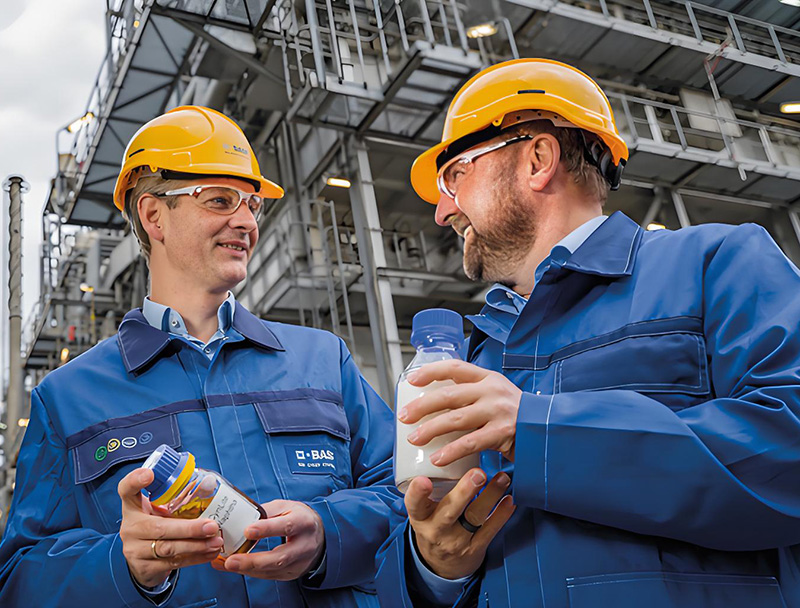Production process of titanium dioxide powder
Production process of titanium dioxide powder
There are two methods for manufacturing titanium dioxide: the sulfate process and the chloride process. 56% of them are products produced by chlorination method, and more than 70% of these products are produced by titanium dioxide factories such as DuPont in the United States. Titanium dioxide factories in other countries, including China, still mainly use sulfuric acid method.
【1】 Sulfuric acid method
Titanium iron powder is subjected to acid hydrolysis reaction with concentrated sulfuric acid to produce titanium oxide sulfate, which is hydrolyzed to form metatitanic acid, and then calcined and crushed to obtain titanium dioxide products. This method can produce rutile and rutile titanium dioxide. The advantage of sulfuric acid method is that it can use low-cost and easily available ilmenite and sulfuric acid as raw materials, with mature technology, simple equipment, and easy solution of anti-corrosion materials. Its disadvantage is that the process is long and can only be operated intermittently. Wet operation consumes high amounts of sulfuric acid and water, resulting in a large amount of waste and by-products, and causing significant environmental pollution.

【2】 Chlorination method
The chlorination method uses titanium containing raw materials to react with chlorine gas to produce titanium tetrachloride, which is purified by distillation and then subjected to gas-phase oxidation; After rapid cooling, TiO2 is obtained through gas-solid separation. The TiO2 needs to be removed by heating or steam treatment due to its adsorption of a certain amount of chlorine. This process is simple, but when chlorinated at 1000 ℃ or higher, there are many chemical engineering problems that need to be solved, such as high corrosion of chlorine, chlorine oxides, and titanium tetrachloride. In addition, the special raw materials used are more expensive than sulfuric acid method. The chlorination method is a continuous production process with limited flexibility in the operation of the production equipment, making it difficult to adjust the start stop and production load. However, its continuous production process is simple, with few process control points, and the product quality is easy to achieve optimal control. In addition, the sintering without rotary kiln calcination process results in the easy depolymerization of TiO2 primary particles, so it is commonly believed that the quality of chlorinated titanium dioxide products is superior in appearance. The advantages of chlorination method are short process, easy expansion of production capacity, high degree of continuous automation, relatively low energy consumption, less "three wastes", and the ability to obtain high-quality products. Its disadvantages are large investment, complex equipment structure, high material requirements, high temperature and corrosion resistance, difficult maintenance of the device, and high research and development difficulty.


